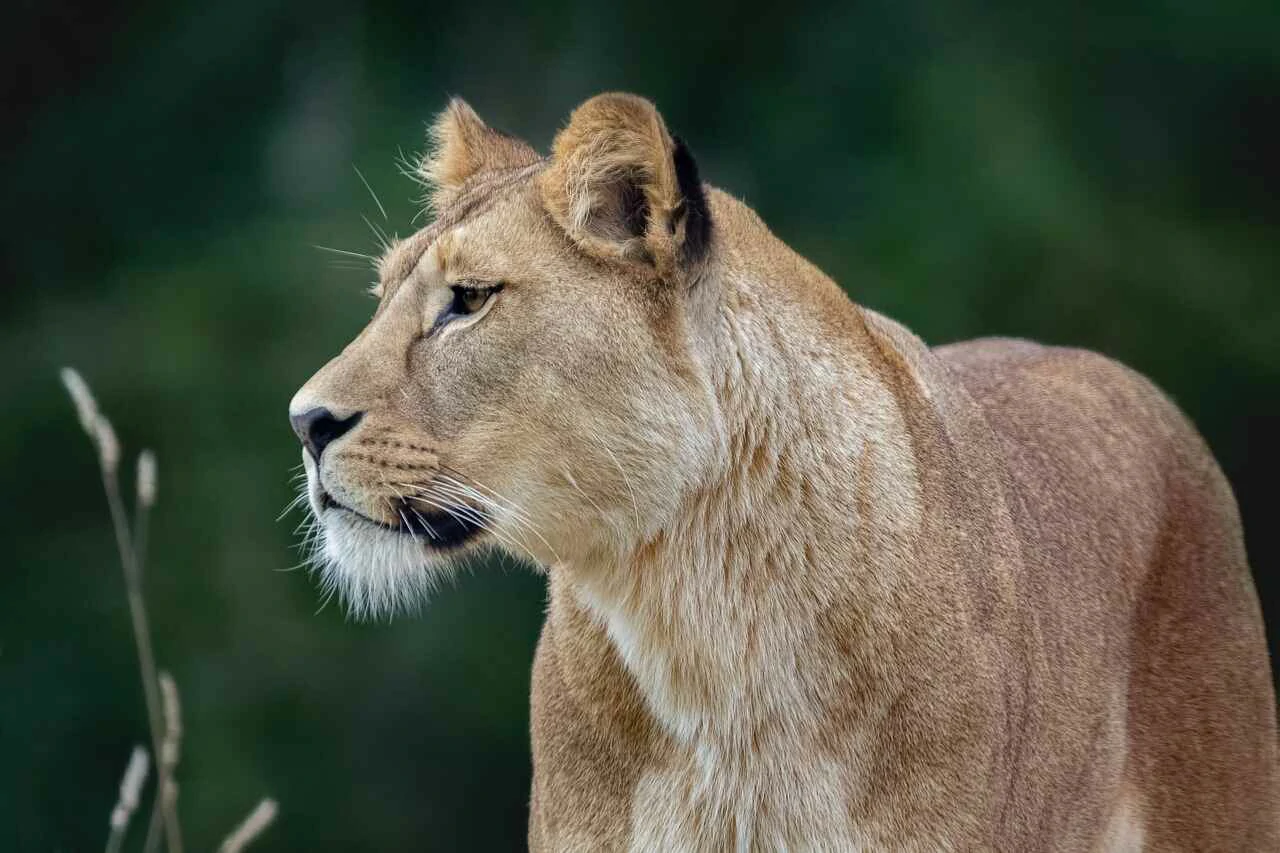
BIRDING IN
Murchison Falls National Park

BIRDING IN
Murchison Falls National Park

BIRDING IN
Murchison Falls National Park

BIRDING IN
Murchison Falls National Park
Murchison Falls National Park is located in North Western Uganda in two Districts of Masindi district in west and Nwoya districts in northern Uganda. This is one of the largest national parks of Uganda covering 3,480 square kilometers. The park is 300kilometers drive from Uganda's capital city, Kampala. Murchison Falls is the name that was given to the point at which the world's longest river, the river Nile, is channeled through a narrow gorge within the Rift Valley, descending almost 50 metres below.
The park is named after Sir Roderick Murchison (1851 - 1853), who was President of the Royal Geographical Society, which was the catalyst for many explorations within 'colonial' Africa, most notably the search for the source of the river Nile. The national park is sometimes referred to as Kabalega National park. Kabalega was the Omukama of Bunyoro Kingdom from 1870 to 1899. He resisted colonization by the British, was arrested and was exiled by the British to the island nation of the Seychelles.
The Murchison Falls conservation Area includes Murchison Falls National Park, Bugungu and Karuma Falls wildlife reserves. Uganda's largest park has untamed wilderness and savannahs, split through the middle by the river Nile. The Nile River banks are a host to birds, hippos, buffalos, waterbucks and crocodiles. The vegetation in Murchison is savannah and woodland. Murchison Falls National park has received well-known international visitors and some movies have been shot in this place. These among others include Winston Churchill, Prince of Wales, Edward VII in 1930 and Queen Mother in 1959. In 1951, a movie was also shot with back ground scenery of the Murchison falls that was Humphrey Bogart in John Huston's prominent movie. Another movie was the African Queen which was shot on the vicinity of the Murchison Nile along with Lake Albert.
Murchison Falls National Park has 451 bird species. Bird Species commonly seen between Paraa Rest Camp and Ferry crossing are; Spotted Mourning Thrush, Vitelline Masked Weaver, Silver Bird, Bluff-bellied Warbler, Blue-napped Mousebird, Chestnut-crowned Sparrow-weaver, Black-headed Gonolek, Green-winged Ptyilia, and Black-headed Batis, this is the best site for the localised White-rumped Seed-eater. Nocturnal species in the area include; Verreaux's owls and Nightjars i.e. tailed and Pennat-winged nightjar seen from November to February. Other bird species include: White African fish eagle, Gray Crowned crane, African Skimmer, long-toed plover, Goliath Heron, Black-bellied Bustards, Open-billed Storks and more.
At Nyamsika Cliffs; Woodland, Pied, Giant and Malachite Kingfishers; Francolin; Hornbills, Grey heron; Hamerkop; Shrikes; Flycatchers; Cuckoos; Woodpeckers; Crombecs and Warblers. The riverbanks are also home to ducks, geese, stilts and plovers can be seen. From November to April, black-headed lapwings and other migratory birds can be seen.
Our Experts are ready to provide answers
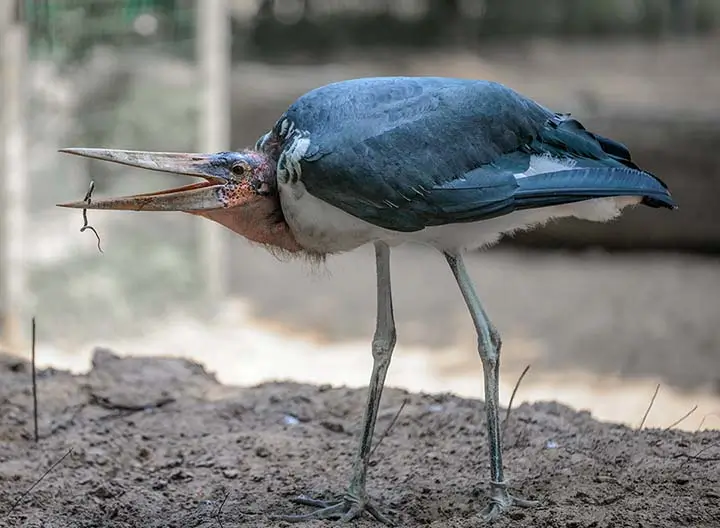
Ajai Wildlife reserve has several bird species and they include Shoebill, the Black-rumped Waxbill, Grey Crowned cranes, Marabou stocks, African fish eagles, Heuglin's Masked Weaver, Chestnut-crowned Sparrow-weaver.
Read More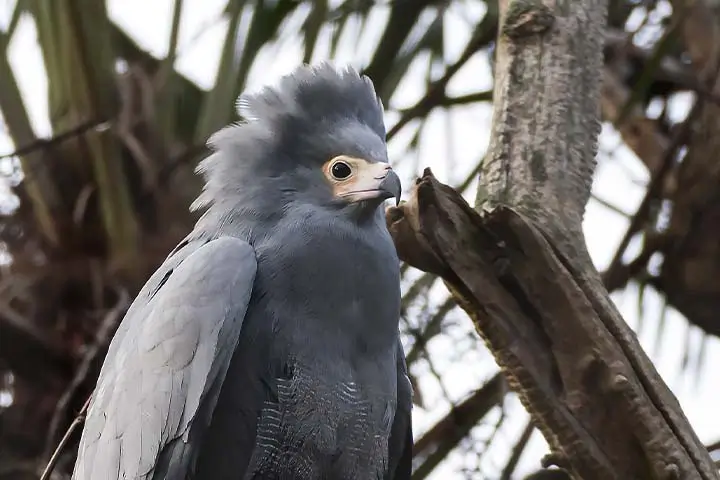
Bwindi is the Bird watchers haven as experienced bird watchers can identify up to 100 species in a day in Ruhija and Buhoma.
Read More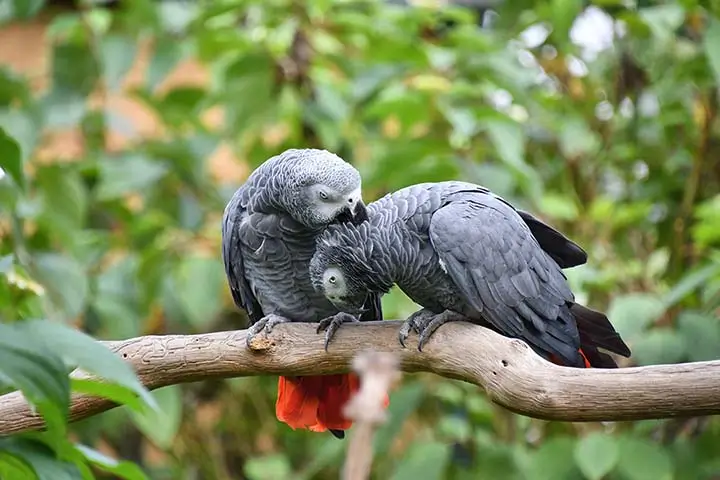
Kibale National Park has so many developed hiking/walking trails with the best birding spot being Bigodi wetland sanctuary where birders take visitors for a 4-hour walking trail.
Read More
The Apoka Rest Camp and Park Headquarters overlooking the swallow, southern Narus Valley is a grand spot to start your Kidepo birding.
Read More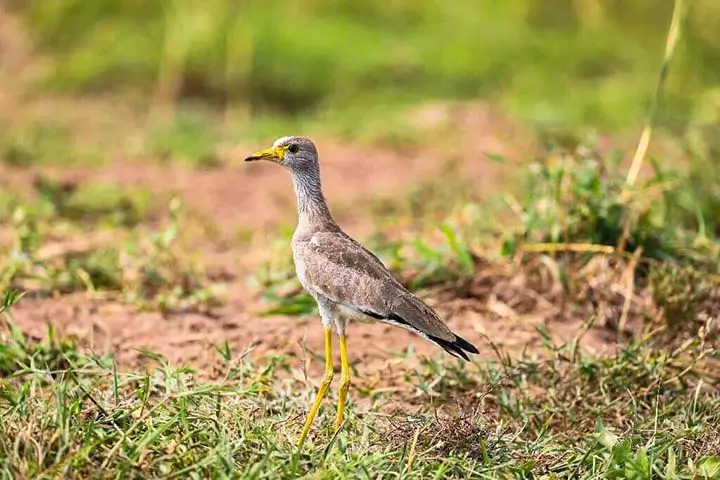
The best birding spots in the park include the swampy valleys of Warukiri and Miriti, and the roadsides between Rwonyo camp and the jetty. There are viewing platforms at the salt lick, in Miriti Valley, and in Rubanga Forest.
Read More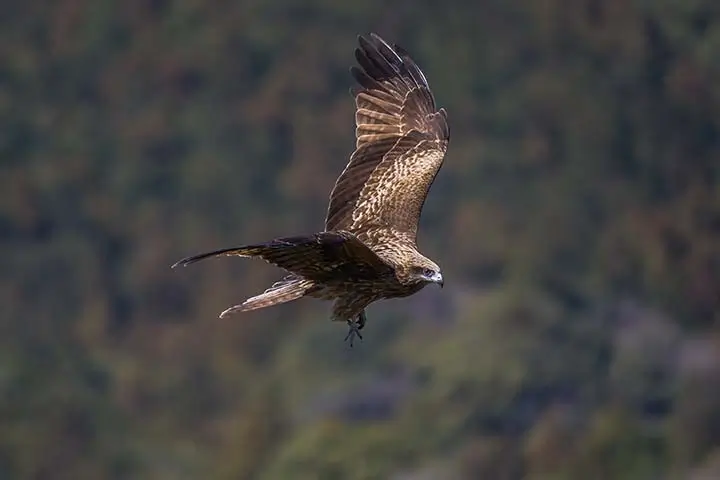
The Park is set apart with a unique bird fauna 79 bird species have been recorded within the park, including several species prevalent to the East Congo Montane region.
Read More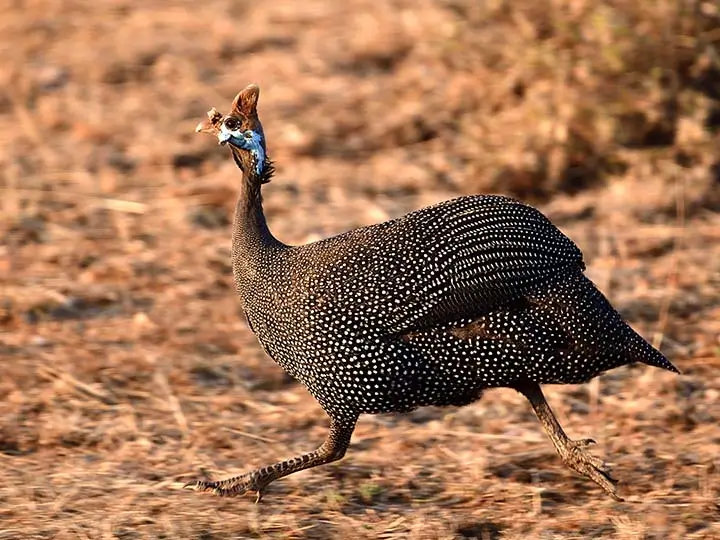
Excellent birding opportunities exist around Kapkwai Forest Exploration Centre, in particular in the secondary forest and thick shrub along the loop trails extended to cover Cheptui Falls.
Read More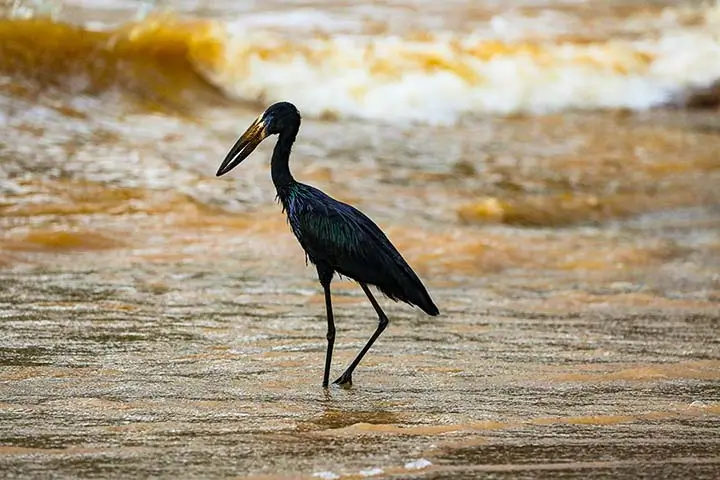
It has 611 recorded bird species in the Kazinga channel sanctuary which covers an area approximately 207kilometers.
Read More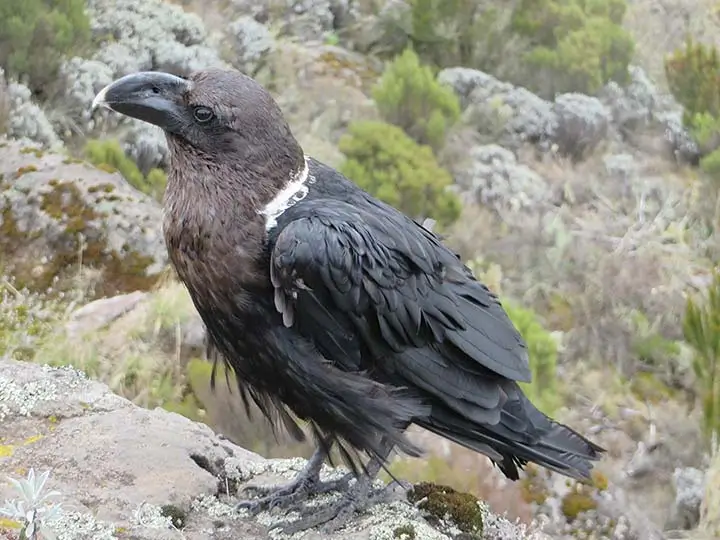
The park is one of the world's Endemic Bird Areas (EBA). There are up to 241 species of birds which is about 27% of Uganda's total. Close to 177 bird species live in the Afromontane forest and 19 species are endemic to the Albertine rift.
Read More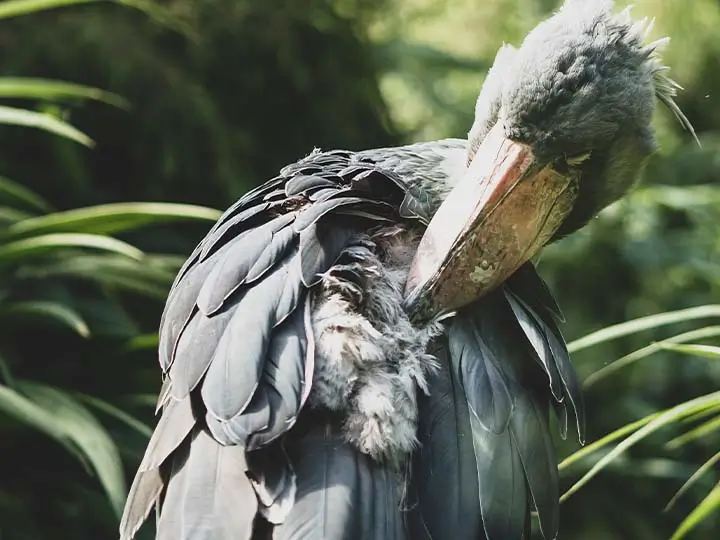
Birders who make it to Semuliki are always rewarded with some of Africa's best forest birding. Sempaya and Ntandi provide excellent viewing of the birds.
Read More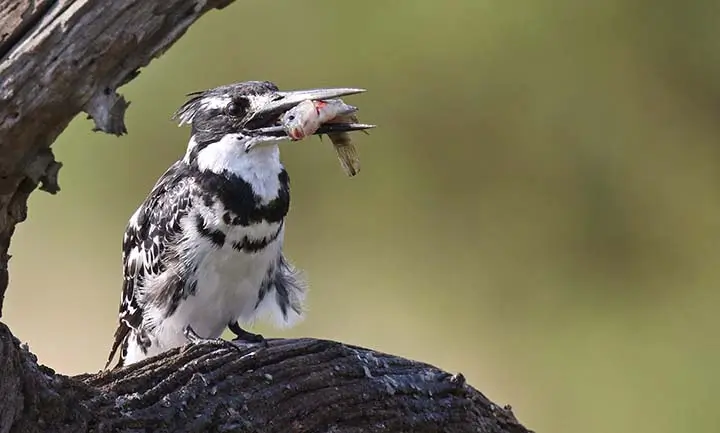
As compared to many other birding destinations within the country, This area of the lake has got over 200 bird species and some of these include;
Read More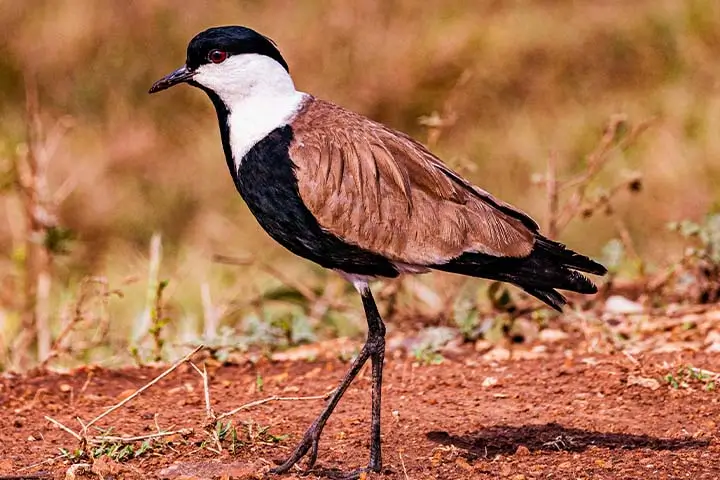
As compared to many other birding destinations within the Birding here is done near new Lutembe beach located on Entebbe road at Namulanda. The bay area has trees, marshlands, and shrubs. Early in the morning is the best time to get to Lutembe as there is a lot of bird activity.
Read More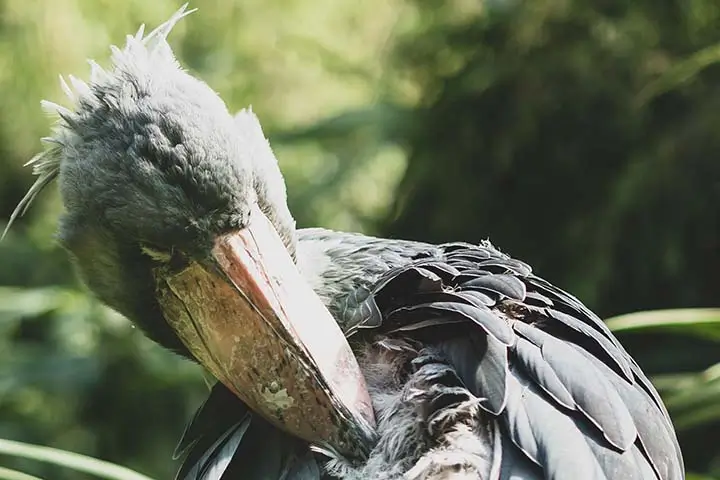
Located on the edge of Lake Victoria, Mabamba Bay Wetland is one of few places where the rare Shoebill Stork can be found. Mabamba Swamp is the most accessible and reliable with the best chances of seeing the Shoebill in Uganda.
Read More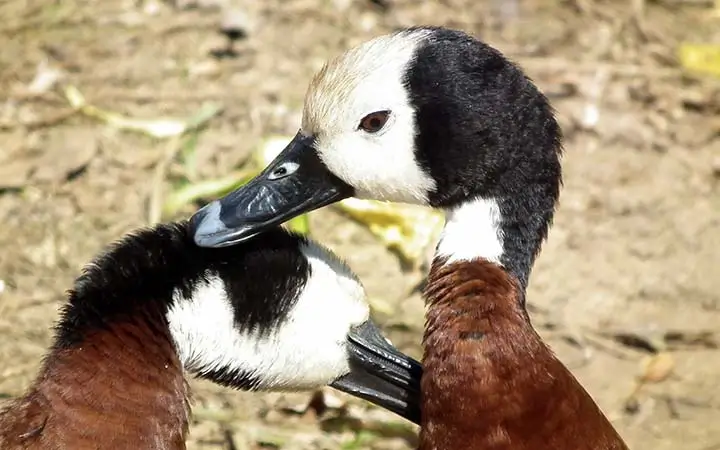
The Uganda Wild Life Authority has registered a reduction in bird species in Pian Upe, and Matheniko, Bokora game reserves due to the persistent drought that has dried up all water sources in the reserve.
Read More